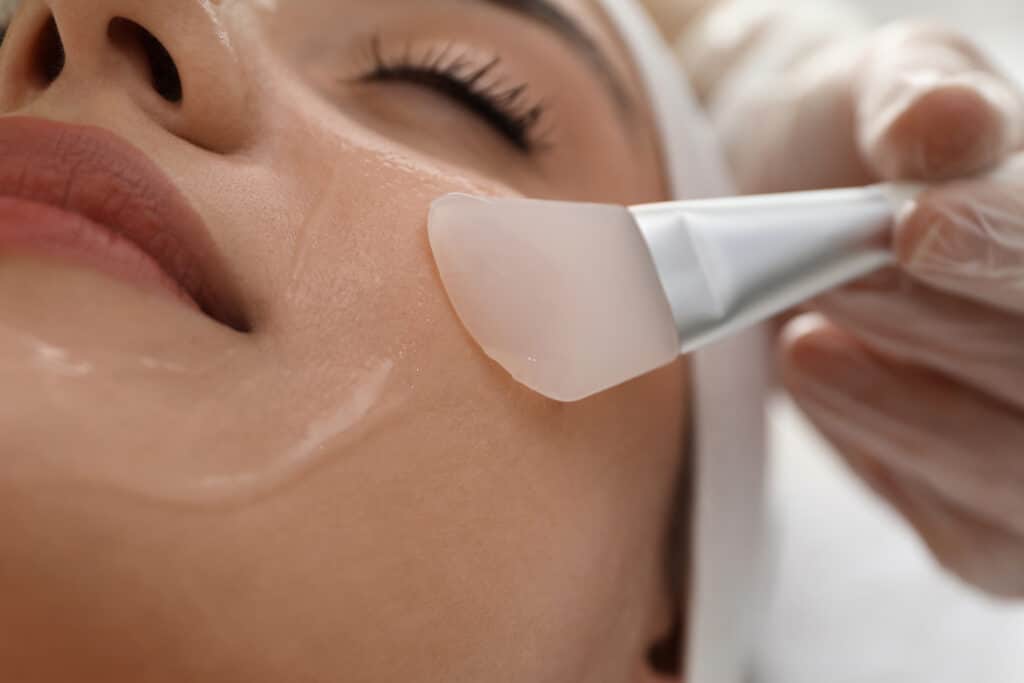Posted by: Skin And Cancer Institute in Medical Dermatology

Chemical peels are a popular cosmetic treatment used to rejuvenate and improve the appearance of the
skin. This non-invasive procedure involves the application of a chemical solution to the skin, which
exfoliates the top layer of dead skin cells and stimulates the growth of new, healthy skin cells. In this
blog, we will discuss how chemical peels work, why they are important to get, and how a Skin and
Cancer Institute dermatologists can help.
How do Chemical Peels Work?
Chemical peels work by applying a chemical solution to the skin, which causes the outermost layer of
the skin to peel off. The depth of the peel depends on the strength of the solution used and the individual’s
skin type. There are three types of chemical peels: superficial, medium, and deep.
Superficial peels use a mild acid, such as alpha-hydroxy acid (AHA), to remove only the top layer of dead
skin cells. This type of peel is usually done in a series of treatments and is suitable for all skin types.
Medium peels use a stronger acid, such as glycolic or trichloroacetic acid (TCA), to penetrate deeper into
the skin and remove more layers of skin cells. This type of peel is best for those with sun damage, fine
lines, and uneven skin tone.
Deep peels use a very strong acid, such as phenol, to penetrate deep into the skin and remove multiple
layers of skin cells. This type of peel is best for those with deep wrinkles, severe sun damage, and acne
scars.
Why are Chemical Peels Important to Get?
Chemical peels are important to get for several reasons. First, they can improve the appearance of fine
lines, wrinkles, and sun damage. Chemical peels can also reduce the appearance of acne scars and
hyperpigmentation. Additionally, chemical peels can stimulate the production of collagen, which helps
to firm and plump the skin.
Chemical peels are also important for maintaining the overall health of the skin. By removing the top
layer of dead skin cells, chemical peels can help to prevent clogged pores and acne breakouts. Chemical
peels can also improve the texture and tone of the skin, leaving it looking brighter and more youthful.
How can a Skin and Cancer Institute Dermatologist Help?
A Skin and Cancer Institute dermatologist can help you determine which type of chemical peel is best for
your individual needs. They can evaluate your skin type and condition and recommend the appropriate
strength of chemical peel to achieve the desired results.
Additionally, a dermatologist can perform the chemical peel safely and effectively, reducing the risk of
complications. They can also provide aftercare instructions to help ensure that you achieve the best
possible results.
In conclusion, chemical peels are a safe and effective way to improve the appearance and health of your
skin. They can reduce the appearance of fine lines, wrinkles, and sun damage, as well as improve the
texture and tone of the skin. If you are considering a chemical peel, it is important to consult with a Skin
and Cancer Institute dermatologist to determine which type of peel is best for your individual needs and
to ensure a safe and effective treatment.